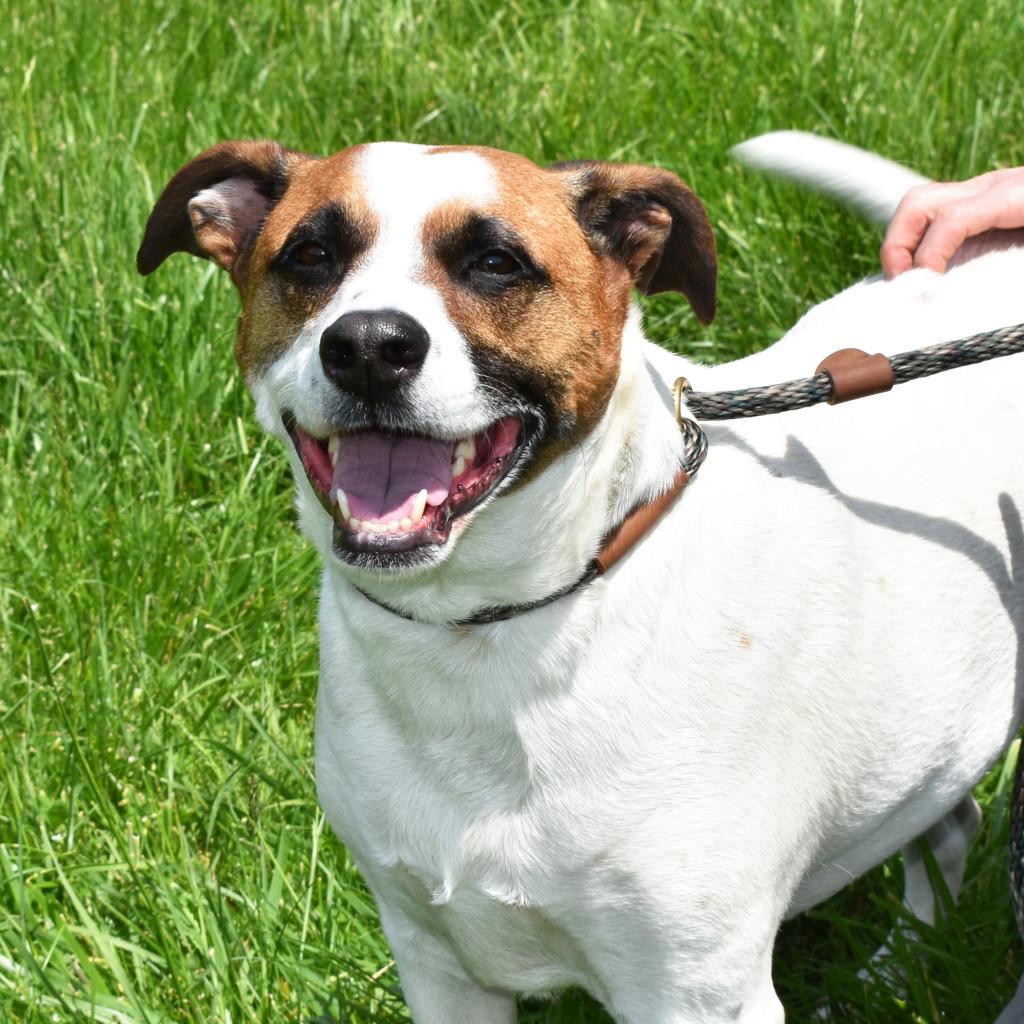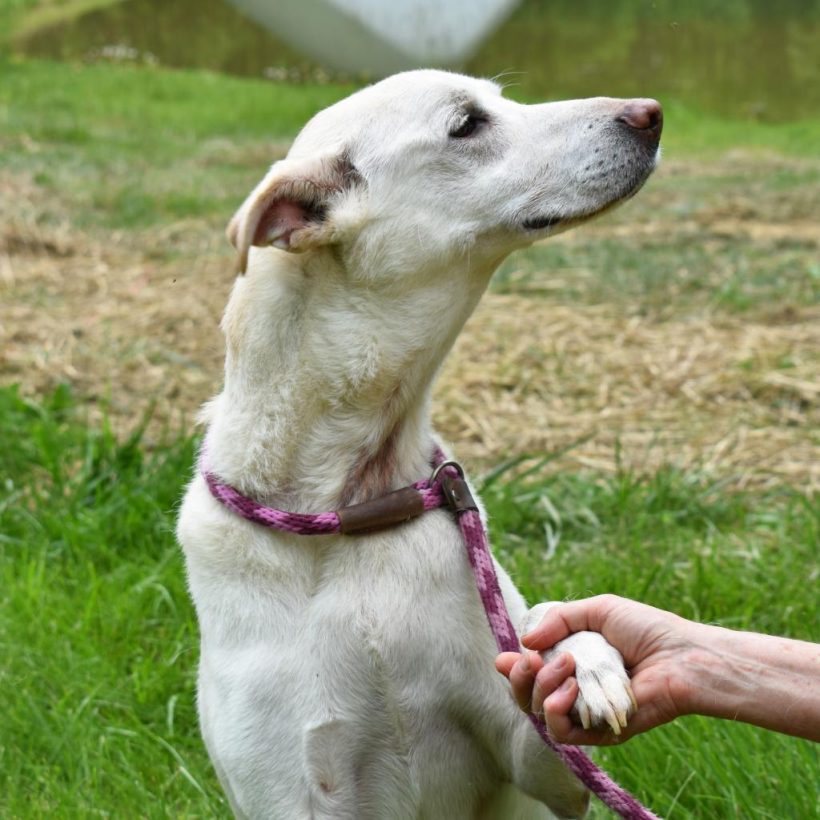Have you ever wondered where your dog learned to wag his tail? Or, maybe you’ve wondered what makes a cat purr? Believe it or not, both of these gestures are your pet’s key way of communicating their feelings with those around them.
Dogs are not born with the natural instinct t o wag their tails. They actually learn this behavior as part of growing up and observing it from other older dogs – generally their mom plays a large part in this development.
o wag their tails. They actually learn this behavior as part of growing up and observing it from other older dogs – generally their mom plays a large part in this development.
While a dog wagging its tail usually indicated excitement and a joy in seeing someone, it can also display other emotions based on its position. A happy, natural wag will take place at a neutral or level tail position. When a dog wags its tail while in a raised position or arched over it back, it can signal that they are agitated or scared and should be approached with caution. Interestingly, if a dog wags its tail while it is completely horizontal and straight out, that means they are curious about something. Who knew a tail could tell such tales?
Scientists are also beginning to understand the mysterious vibrations that come from our kitty companions. When your feline friend is on your lap rumbling away, their laryngeal muscles are hard at work contracting and relaxing. These movements vibrate the voice box which makes a small bone in the cat’s throat, the hyoid bone, resonate, producing a purr. Unlike other noises a cat makes, purring occurs both when your cat inhales and exhales, leading to a continuous sound.
Cats begin to purr when they are kittens to communicate and bond with their mother. Like dogs and their tail wags, purring can signal relaxation and contentment. However, a cat’s purr does not always mean they are happy. Purring is a self-soothing habit, like a baby sucking their thumb, so it sometimes occurs when a cat is nervous. But don’t worry! This form of purring is less common. Most of the time your cat is simply purring to say, “I am happy, and I love you!”
Domestic cats aren’t the only animals that purr! Some wild cats, like bobcats and cheetahs also purr to communicate with other members of their species.
Just like us, our pets have their own forms of communication and by better understanding their language, we can be sure we are giving them the happy life they deserve.

